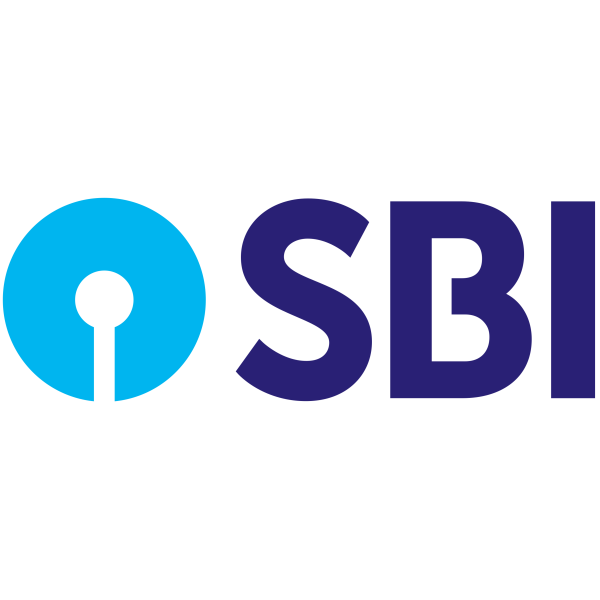
Fortis Inc
TSX:FTS


| US |

|
Johnson & Johnson
NYSE:JNJ
|
Pharmaceuticals
|
| US |

|
Berkshire Hathaway Inc
NYSE:BRK.A
|
Financial Services
|
| US |

|
Bank of America Corp
NYSE:BAC
|
Banking
|
| US |

|
Mastercard Inc
NYSE:MA
|
Technology
|
| US |

|
UnitedHealth Group Inc
NYSE:UNH
|
Health Care
|
| US |

|
Exxon Mobil Corp
NYSE:XOM
|
Energy
|
| US |

|
Pfizer Inc
NYSE:PFE
|
Pharmaceuticals
|
| US |

|
Palantir Technologies Inc
NYSE:PLTR
|
Technology
|
| US |

|
Nike Inc
NYSE:NKE
|
Textiles, Apparel & Luxury Goods
|
| US |

|
Visa Inc
NYSE:V
|
Technology
|
| CN |

|
Alibaba Group Holding Ltd
NYSE:BABA
|
Retail
|
| US |

|
JPMorgan Chase & Co
NYSE:JPM
|
Banking
|
| US |

|
Coca-Cola Co
NYSE:KO
|
Beverages
|
| US |

|
Walmart Inc
NYSE:WMT
|
Retail
|
| US |

|
Verizon Communications Inc
NYSE:VZ
|
Telecommunication
|
| US |

|
Chevron Corp
NYSE:CVX
|
Energy
|
Utilize notes to systematically review your investment decisions. By reflecting on past outcomes, you can discern effective strategies and identify those that underperformed. This continuous feedback loop enables you to adapt and refine your approach, optimizing for future success.
Each note serves as a learning point, offering insights into your decision-making processes. Over time, you'll accumulate a personalized database of knowledge, enhancing your ability to make informed decisions quickly and effectively.
With a comprehensive record of your investment history at your fingertips, you can compare current opportunities against past experiences. This not only bolsters your confidence but also ensures that each decision is grounded in a well-documented rationale.
Do you really want to delete this note?
This action cannot be undone.

| 52 Week Range |
58.15
73.59
|
| Price Target |
|
We'll email you a reminder when the closing price reaches CAD.
Choose the stock you wish to monitor with a price alert.

|
Johnson & Johnson
NYSE:JNJ
|
US |

|
Berkshire Hathaway Inc
NYSE:BRK.A
|
US |

|
Bank of America Corp
NYSE:BAC
|
US |

|
Mastercard Inc
NYSE:MA
|
US |

|
UnitedHealth Group Inc
NYSE:UNH
|
US |

|
Exxon Mobil Corp
NYSE:XOM
|
US |

|
Pfizer Inc
NYSE:PFE
|
US |

|
Palantir Technologies Inc
NYSE:PLTR
|
US |

|
Nike Inc
NYSE:NKE
|
US |

|
Visa Inc
NYSE:V
|
US |

|
Alibaba Group Holding Ltd
NYSE:BABA
|
CN |

|
JPMorgan Chase & Co
NYSE:JPM
|
US |

|
Coca-Cola Co
NYSE:KO
|
US |

|
Walmart Inc
NYSE:WMT
|
US |

|
Verizon Communications Inc
NYSE:VZ
|
US |

|
Chevron Corp
NYSE:CVX
|
US |
This alert will be permanently deleted.
Fortis Inc
Fortis Inc. has quietly become a formidable entity in the North American utility landscape, intertwining its legacy with the very infrastructure that powers homes and businesses across the continent. Headquartered in St. John's, Newfoundland and Labrador, this energy titan traces its origins to 1885 with the foundation of the St. John's Electric Company. Through a series of strategic acquisitions and developments, Fortis expanded its reach, becoming a linchpin in the electric and gas utility sectors. Today, it holds a vast portfolio of utility operations, stretching from British Columbia through the Caribbean, with significant footprints in the United States through subsidiaries like ITC Holdings Corp. and UNS Energy. This wide geographical presence not only provides Fortis with revenue stability and diverse income channels but also places it in a prime position to reinvest in renewable energy and smart grid technologies.
The company's financial engine runs on the dependable streams of regulated utility earnings, a model that offers protection against economic fluctuations. By owning and operating electric and gas utilities serving millions of customers, Fortis ensures a steady cash flow through rate-regulated returns. Investments in infrastructure, such as upgraded transmission lines and electric grids, are balanced with customer demand and regulatory frameworks. Fortis's strategic approach focuses on delivering reliable energy services while pursuing growth opportunities that allow the company to sustainably increase shareholder value. As the world pivots toward cleaner energy solutions, Fortis continues to seek enhancements that not only optimize operational efficiencies but also reinforce its commitment to innovation and sustainability in the utility sector.

Fortis Inc. has quietly become a formidable entity in the North American utility landscape, intertwining its legacy with the very infrastructure that powers homes and businesses across the continent. Headquartered in St. John's, Newfoundland and Labrador, this energy titan traces its origins to 1885 with the foundation of the St. John's Electric Company. Through a series of strategic acquisitions and developments, Fortis expanded its reach, becoming a linchpin in the electric and gas utility sectors. Today, it holds a vast portfolio of utility operations, stretching from British Columbia through the Caribbean, with significant footprints in the United States through subsidiaries like ITC Holdings Corp. and UNS Energy. This wide geographical presence not only provides Fortis with revenue stability and diverse income channels but also places it in a prime position to reinvest in renewable energy and smart grid technologies.
The company's financial engine runs on the dependable streams of regulated utility earnings, a model that offers protection against economic fluctuations. By owning and operating electric and gas utilities serving millions of customers, Fortis ensures a steady cash flow through rate-regulated returns. Investments in infrastructure, such as upgraded transmission lines and electric grids, are balanced with customer demand and regulatory frameworks. Fortis's strategic approach focuses on delivering reliable energy services while pursuing growth opportunities that allow the company to sustainably increase shareholder value. As the world pivots toward cleaner energy solutions, Fortis continues to seek enhancements that not only optimize operational efficiencies but also reinforce its commitment to innovation and sustainability in the utility sector.
Solid Q3 Results: Fortis delivered adjusted EPS of $0.87 for the third quarter, up $0.02 from last year, reflecting strong performance across regulated utilities.
Capital Plan Boost: Announced a new 5-year capital plan of $28.8 billion, up $2.8 billion from the prior plan, supporting a 7% rate base growth CAGR.
Dividend Growth: The Board declared a fourth quarter dividend of $0.64, up 4.1%, marking 52 consecutive years of increases and guiding for 4% to 6% annual growth through 2030.
Portfolio Streamlining: Completed the sale of FortisTCI and Belize assets, making Fortis a 100% regulated utility and strengthening the balance sheet.
Transmission-Driven Growth: Capital plan growth is mainly driven by higher transmission investment, particularly at ITC and UNS, with major transmission projects underway.
Funding Flexibility: Capital plan will be funded mainly by cash from operations, utility debt, and the dividend reinvestment plan; no new asset sales planned.
Strong Credit Metrics: Cash flow to debt is expected to average over 12%, with 75-100 bps cushion above S&P's threshold in the later years of the plan.
























































